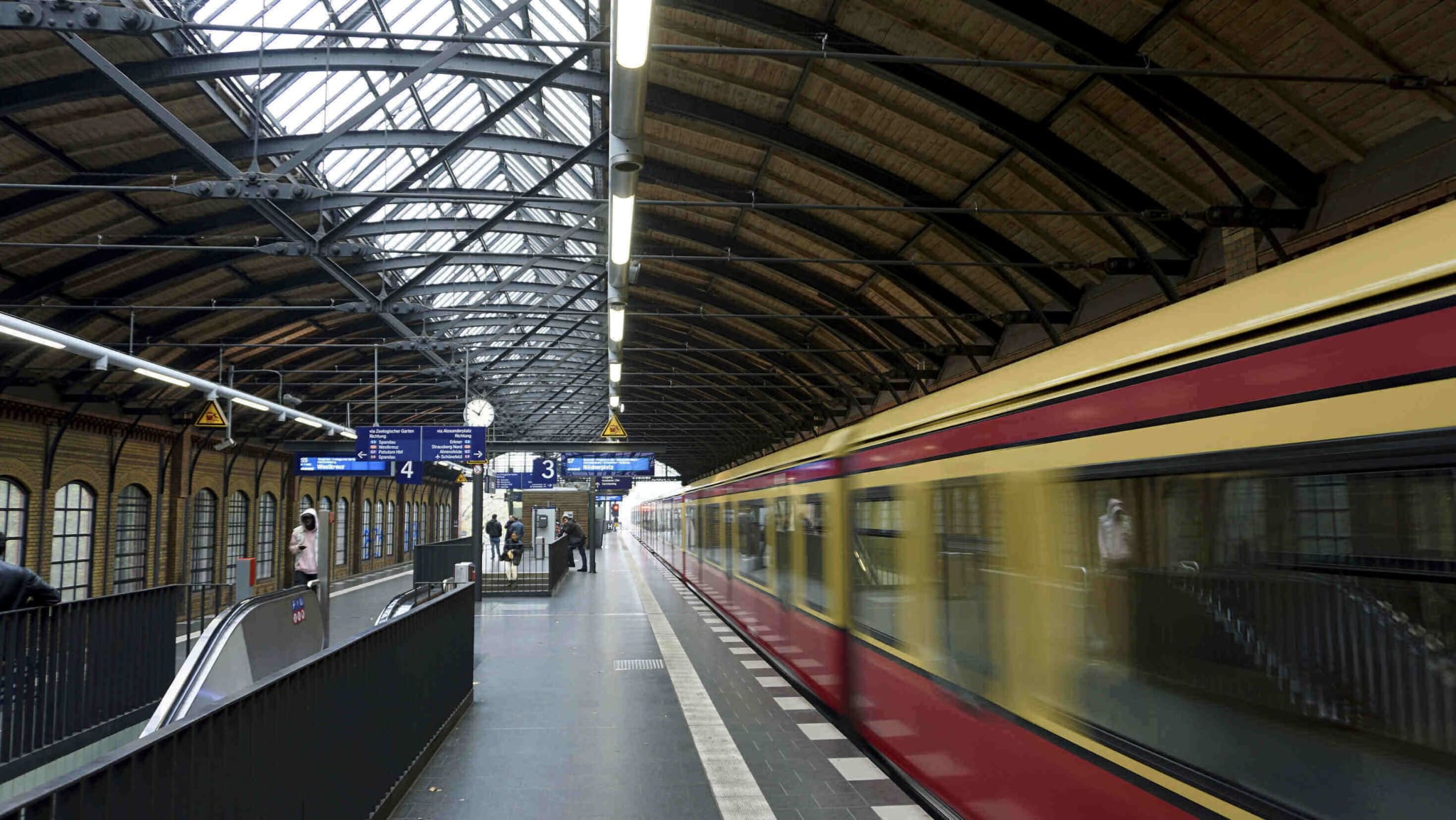Berlin’s public transport system has seen a sharp rise in violence and criminal activity in 2024 with over 20,000 crimes recorded in the first nine months of the year — far surpassing the total number of offenses recorded in 2023.
Between January and September 2024, the police registered 20,179 crimes across Berlin’s buses, subways, and trams, according to state police data cited by Tagesspiegel.
This marks a significant 36 percent increase compared to the same period in 2023 when 14,825 cases were reported — and still with three months to go.
While theft remains the most common crime, the rise in violent offenses is particularly concerning. A total of 5,645 violent crimes were recorded including 4,017 cases of physical injury; 992 incidents involving coercion, threats, or deprivation of liberty; 349 robberies; and 287 sexual offenses.
Overall, more than a third of all crimes committed in subway stations – almost 35 percent – occur in stations on the U8 line between Wittenau and Hermannstrasse. The stops with the most incidents so far this year on that line are Kottbusser Tor (190), Alexanderplatz (138), and Hermannplatz (103).
Benjamin Jendro, spokesperson for the Berlin police union (GdP), explained that Alexanderplatz is a major transport hub in the German capital as a crossover for several lines.
“It is a tourist, shopping, party hotspot and unfortunately also one for crime,” he said, adding that Kottbusser Tor and Hermannplatz are drug hubs for “anyone who needs material or sells it in order to finance their own consumption.”
This spike in violence follows an already alarming trend noted last year. In 2023, Berlin’s public transport saw 4,181 violent crimes, the highest number in the last decade. Of these, around 2,900 involved physical injuries at train stations, on buses, and in subway cars.
Jendro expressed concern over the rising violence. “It is primarily the violent crimes on public transport that worry us,” he told the German press.
“Property crimes are also crimes, but the escalation of physical violence has a different impact on people’s sense of security,” he added, pointing to a “brutalization of society.”
The BVG responded by emphasizing the importance of safety for passengers and staff. A spokesperson noted the growing number of passengers on Berlin’s public transport, which they claimed partly explains the rise in incidents.
The BVG has also increased its security presence, with 250 employees working around the clock to maintain order. Major stations are permanently staffed day and night, and terminal stations are monitored between 8 p.m. and 5 a.m.
The alarm was first sounded after the figures for the year’s first quarter were released.
“It must not be the case that train stations become spaces of fear for women. Women must be able to travel safely in Germany. The risk of becoming a victim continues to increase every month,” Heiko Teggatz, the federal chairman of the federal police union DPolG, said in May.
“Interior Minister Nancy Faeser must finally wake up,” he added.
Conservatives point to the effect mass immigration has had on crime throughout Germany with government figures showing a total of 214,999 violent crime cases last year across the country, reaching its highest level in 15 years and rising 8.6 percent compared to 2022.
Notably, a record high number of foreigners were involved in crime, 41 percent. It is important to note that many of the Germans listed as crime suspects have a migration background, but they are simply considered “German” in the reporting since they have obtained a German passport.
Just last week, Berlin Police Chief Barbara Slowik voiced concerns over the impact of immigration on the city and the broader nation, suggesting that the current levels of immigration are unsustainable, both financially and socially.
“I believe that a limit has been reached as to what is affordable,” she told the RBB broadcaster.






